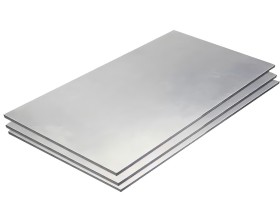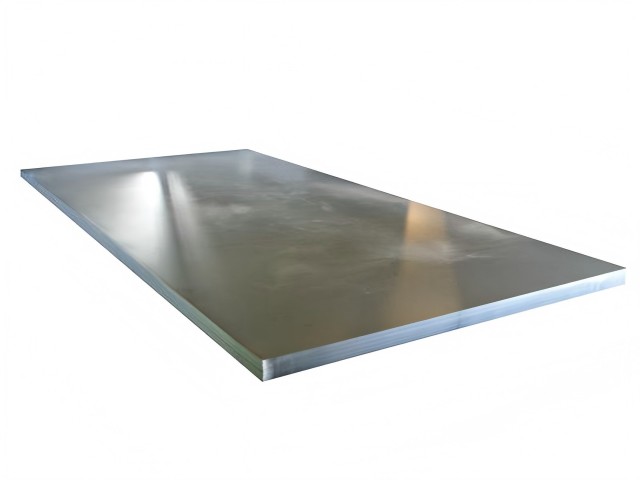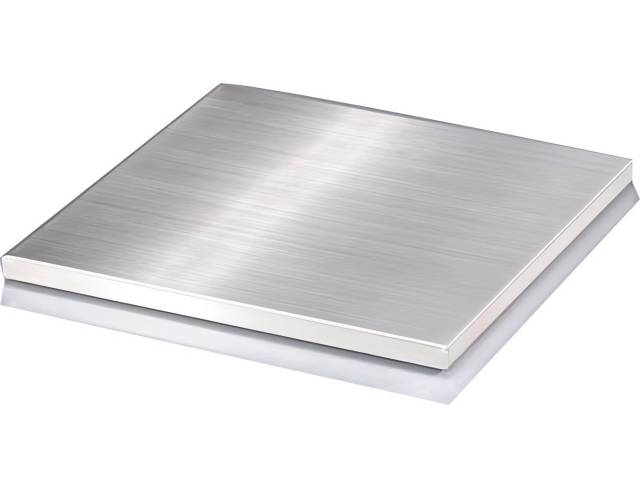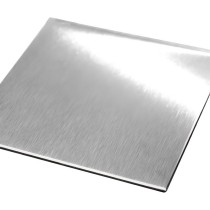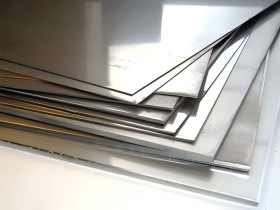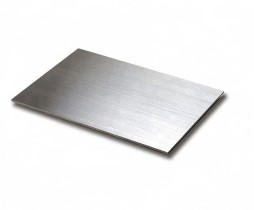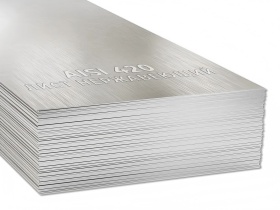Plate AISI 316L
Material: Stainless steel.
Steel grade: AISI 316L.
Thickness: from 0.3mm to 80mm.
Length: from 1000mm to 8000mm.
Width: from 1000mm to 3500mm.
Surface: 2B, 2D, BA, NO.1, NO.4, NO.8, 8K, mirror, grooved, embossed, linear, sandblasted, etc.
Application: chemical, petrochemical, food, pharmaceutical, marine, medical and textile industries.
Standard: AISI, ASTM, DIN, GB, JIS, EN, GOST.

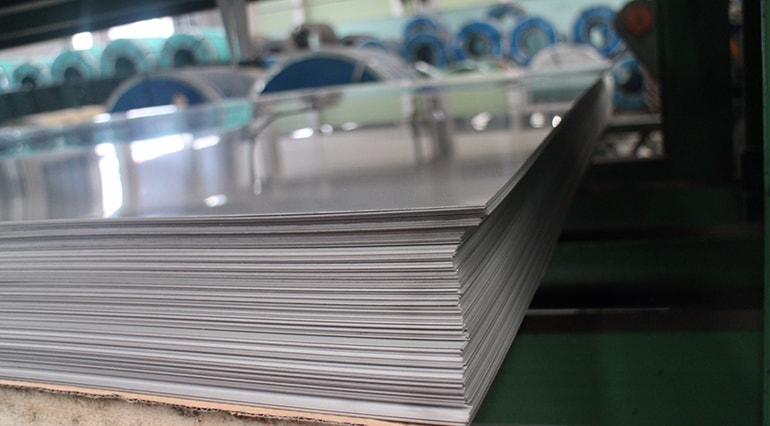
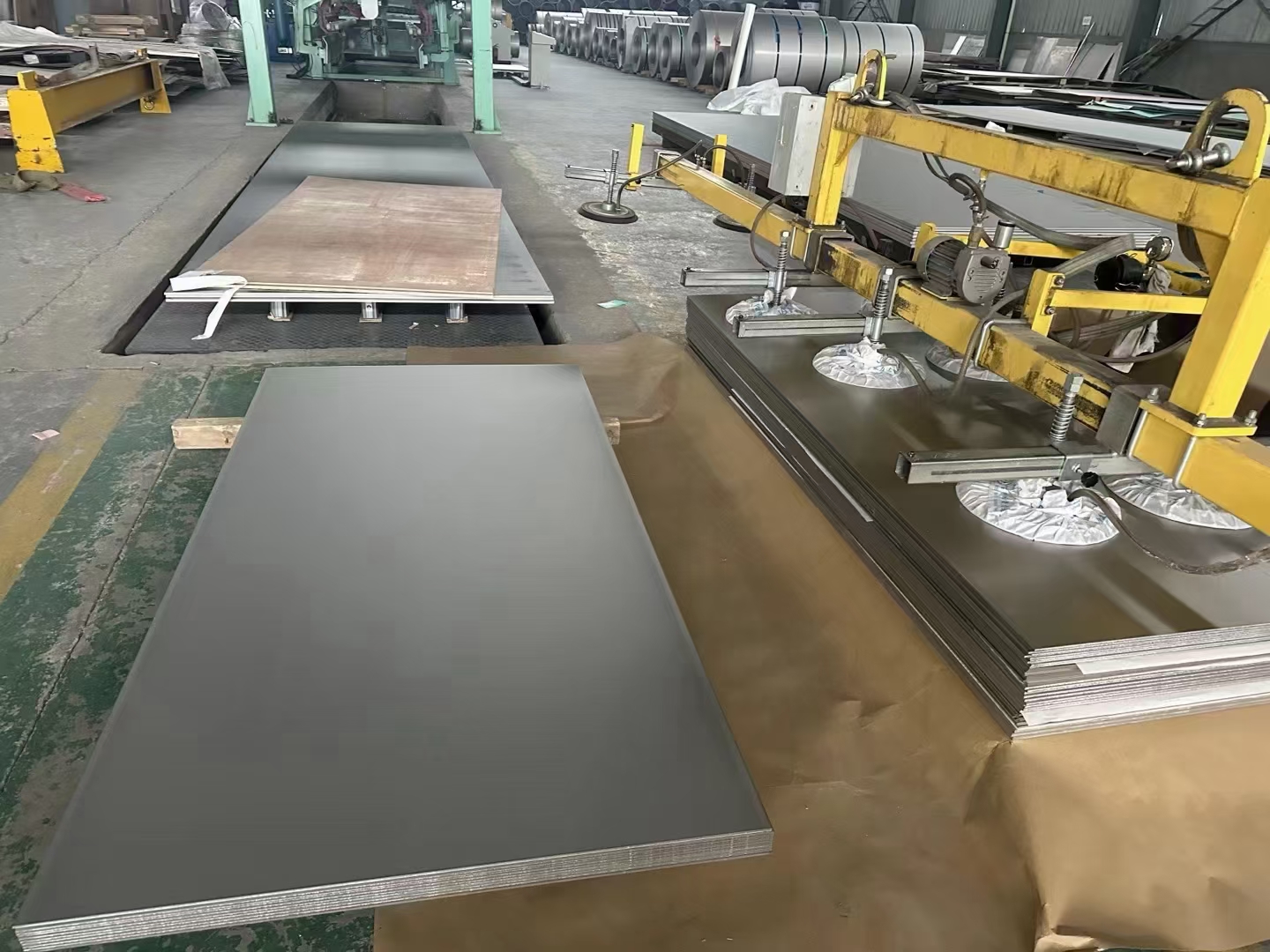
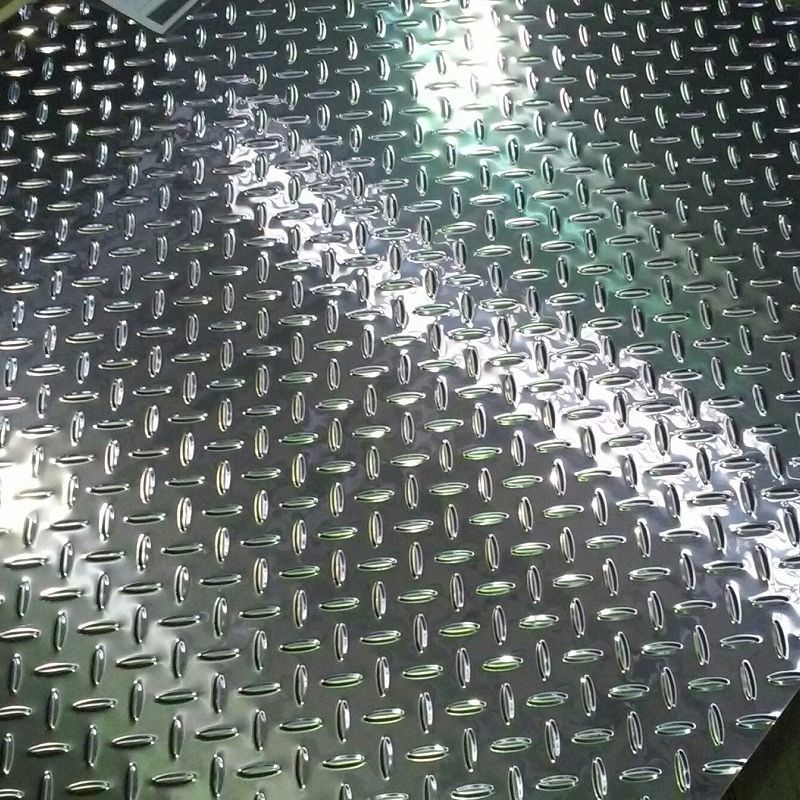
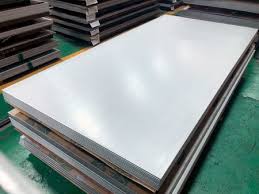
AISI 316L stainless steel plate is a low-carbon version of AISI 316, an austenitic stainless steel widely known for its excellent corrosion resistance, particularly in chloride environments. It is specifically designed to offer improved weldability and resistance to intergranular corrosion after welding, thanks to its low carbon content (≤ 0.03%). AISI 316L is ideal for applications where superior performance in harsh environments is required.
Key Features:
-
Corrosion Resistance
-
Weldability and Fabrication
-
High-Temperature Resistance: operating range up to 870°C (1600°F).
-
Durability and Strength
-
Hygienic Properties
Common Applications:
- Chemical and Petrochemical Industries: Used in reactors, heat exchangers, and piping systems where resistance to acidic and corrosive materials is required.
- Marine Industry: Components exposed to seawater, such as boat fittings, marine hardware, and water treatment systems.
- Food and Beverage: Equipment that requires high levels of cleanliness and resistance to corrosion, including storage tanks, pipes, and processing equipment.
- Medical Devices: Surgical instruments, implants, and other medical components where corrosion resistance and biocompatibility are essential.
- Pharmaceutical: Equipment for handling and processing chemicals, pharmaceuticals, and biotechnological products.
- Exceptional resistance to chloride-induced pitting and crevice corrosion.
- Excellent weldability without requiring post-weld heat treatment.
- Long service life in aggressive and high-temperature environments.
- High strength, toughness, and resistance to oxidation.






